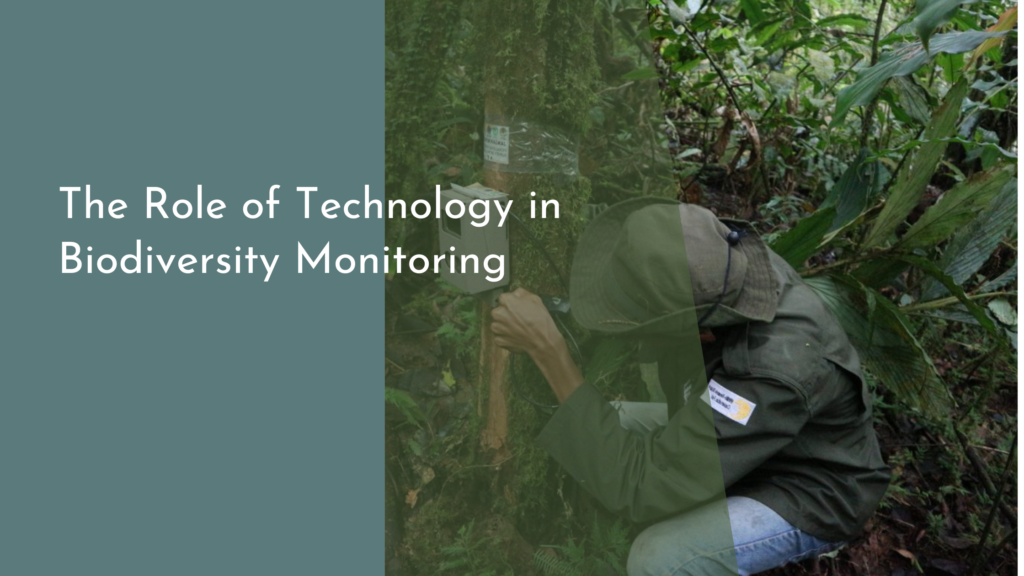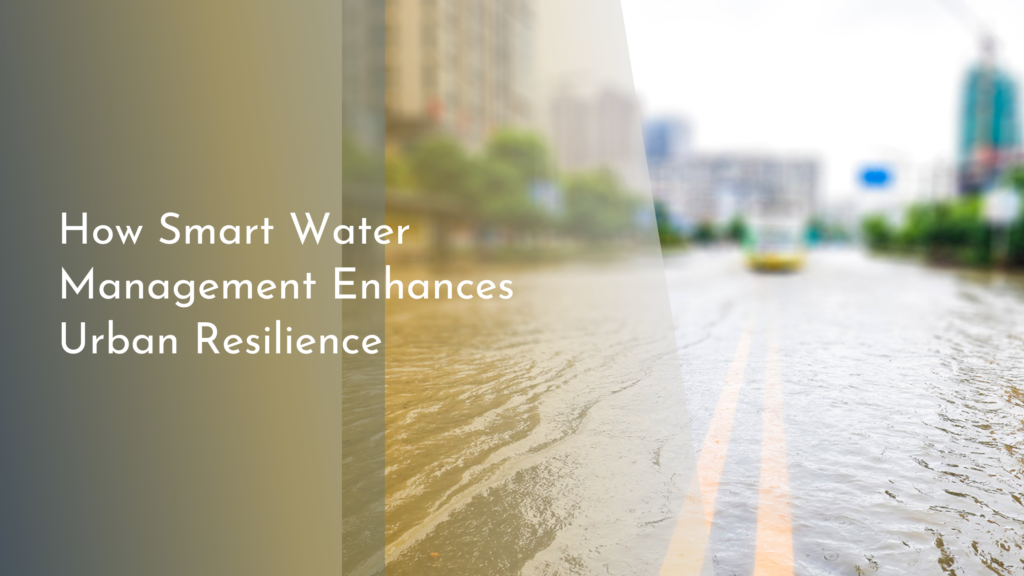Developing Carbon-Sink Zones in Urban Areas
As urban populations continue to expand, the challenge of mitigating climate change becomes increasingly urgent. Cities, while often responsible for a significant share of greenhouse gas emissions, also hold the potential to be part of the solution through the development of carbon-sink zones. These designated areas are designed to absorb carbon dioxide from the atmosphere, thereby reducing overall carbon footprints and improving air quality. By transforming underutilized spaces into vibrant green zones, cities can contribute to a healthier planet while creating more livable environments for their residents.
The concept of carbon-sink zones is not just a dream; it is an achievable goal that can lead to more resilient urban ecosystems. With the right strategies, communities can turn gray infrastructure into lush green spaces that act as effective carbon sinks. This article will explore the importance of carbon-sink zones, creative strategies for urban greening, community engagement, and inspiring success stories from around the globe.
The Importance of Carbon-Sink Zones in Our Cities
Carbon-sink zones play a crucial role in urban environments by acting as natural sponges that absorb carbon dioxide. Trees, plants, and soil in these zones work together to capture and store carbon, effectively helping to offset emissions generated by vehicles, buildings, and industries. Not only do these green spaces help combat climate change, but they also provide additional benefits such as improving air quality, reducing urban heat, and enhancing biodiversity. By creating more carbon-sink zones, cities can make significant strides towards achieving their sustainability goals.
Moreover, carbon-sink zones contribute to the overall well-being of urban residents. Green spaces have been linked to numerous health benefits, including reduced stress levels, improved mental health, and increased physical activity. By incorporating parks, community gardens, and green roofs into our cities, we create environments that promote social interaction and enhance the quality of life for all. In the face of rapid urbanization, prioritizing carbon-sink zones is not just an environmental imperative; it’s a means of fostering healthier, happier communities.
Creative Strategies for Urban Greening Initiatives
Developing carbon-sink zones requires innovative thinking and a willingness to experiment with various urban greening strategies. One effective approach is the implementation of vertical gardens and green walls, which can transform otherwise unused spaces, such as building facades and rooftops, into living ecosystems. These installations not only absorb carbon but also provide insulation, reducing energy requirements for heating and cooling. Additionally, urban forests, which consist of clusters of trees planted in city landscapes, further enhance carbon storage while offering shaded areas for recreation and relaxation.
Another promising strategy is the incorporation of permeable surfaces in urban design. By using materials that allow water to pass through, cities can facilitate better water management and reduce runoff, which in turn supports soil health and plant growth. Community initiatives like seed bombing, where residents scatter native seeds in neglected areas, can also create new habitats for wildlife and increase urban greenery. By implementing a combination of these creative strategies, municipalities can effectively enhance their carbon-sink zones and contribute to a more sustainable urban future.
Engaging Communities in Carbon-Sink Zone Projects
The success of carbon-sink zones hinges on the active engagement of local communities. Encouraging residents to participate in the planning and maintenance of these areas fosters a sense of ownership and pride. Hosting workshops, tree-planting events, and educational programs can empower community members to become stewards of their environment. When people understand the benefits of carbon-sink zones, they are more likely to invest their time and resources into preserving and enhancing these green spaces.
Collaboration with local organizations, schools, and businesses can further amplify community engagement. Forming partnerships with non-profits focused on environmental education can facilitate outreach efforts and provide valuable resources. By involving a diverse array of stakeholders, cities can tap into a wealth of ideas and expertise that enhance the effectiveness of carbon-sink zone projects. Ultimately, fostering a culture of sustainability within communities is essential for the long-term success of urban greening initiatives.
Success Stories: Cities Thriving with Green Solutions
Around the world, numerous cities have embraced the idea of carbon-sink zones and are reaping the benefits. In Singapore, the government’s commitment to becoming a “City in a Garden” has led to the creation of lush vertical gardens, park connectors, and extensive tree-planting campaigns. These initiatives not only enhance biodiversity but also improve the quality of life for residents and visitors alike. As a result, Singapore has become a global leader in sustainable urban development, showing how proactive policies can transform cityscapes into vibrant green spaces.
Another inspiring example is the city of Melbourne, Australia, which implemented its Urban Forest Strategy to increase tree canopy coverage. Through community engagement and innovative greening projects, Melbourne has successfully turned neglected areas into thriving carbon-sink zones. These efforts have led to improved air quality, reduced urban heat, and increased community pride. Such success stories illustrate that with determination and creativity, cities can become champions of sustainability, paving the way for a greener, healthier future.
The development of carbon-sink zones in urban areas is not merely an environmental necessity; it is a pathway to creating more resilient and livable cities. By prioritizing urban greening initiatives and fostering community engagement, cities can transform themselves into vibrant ecosystems that absorb carbon and enhance the quality of life for all residents. As demonstrated by cities like Singapore and Melbourne, the journey toward sustainability is achievable, and the rewards are plentiful. With collective effort and innovative thinking, we can cultivate greener urban landscapes that contribute to a healthier planet for generations to come.


